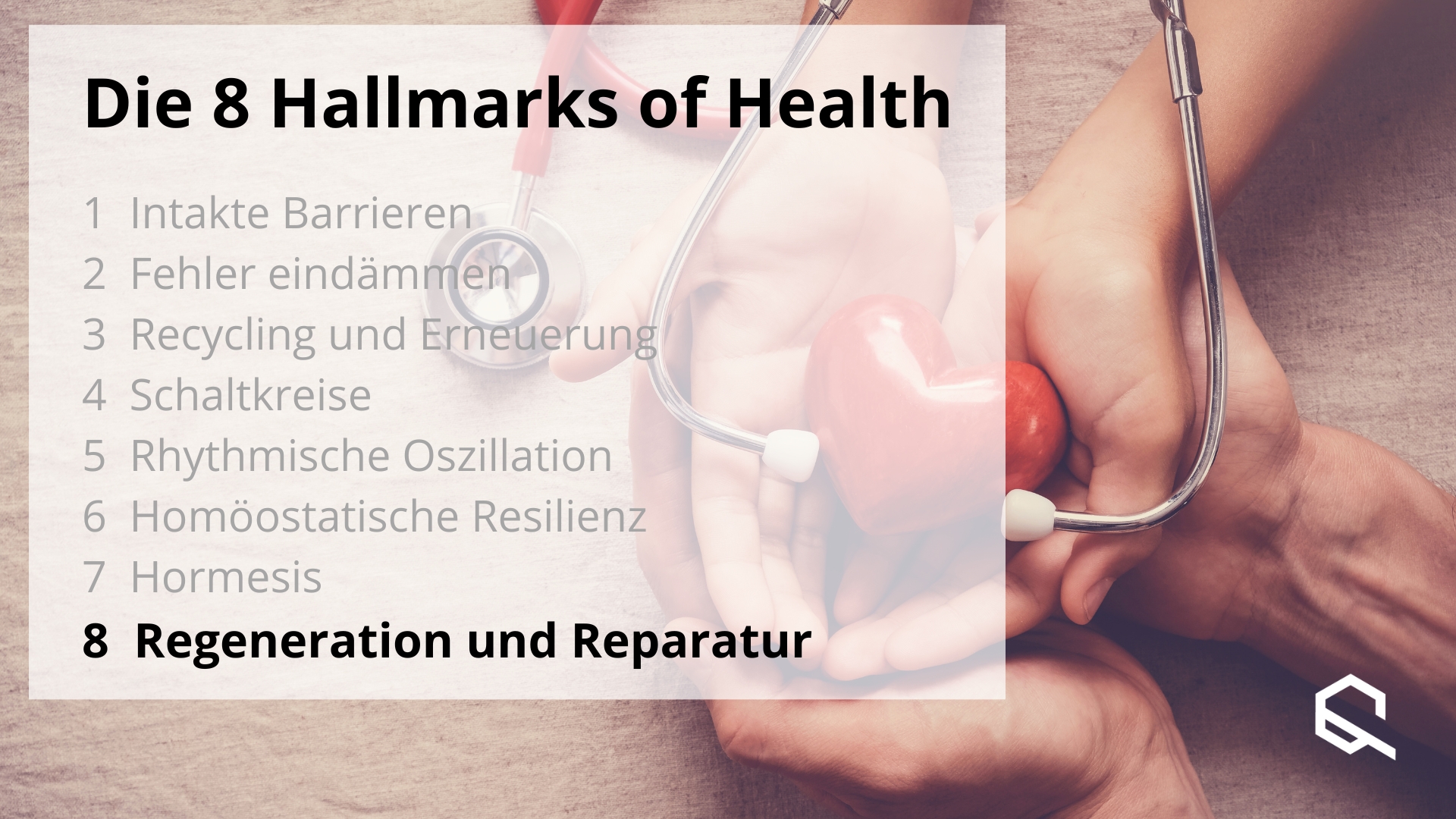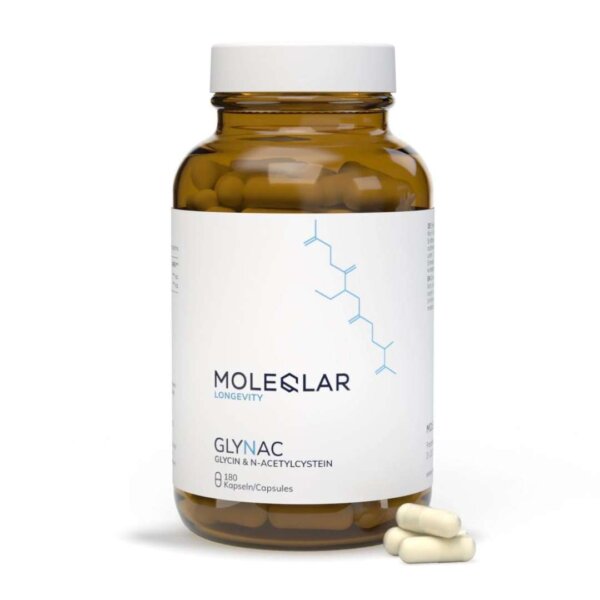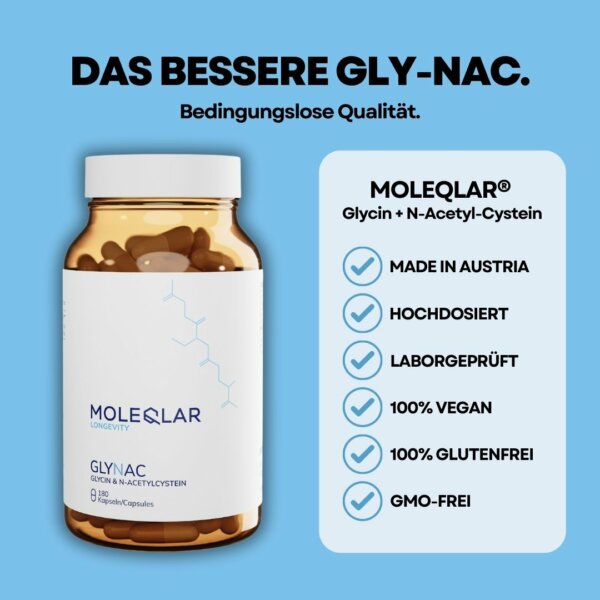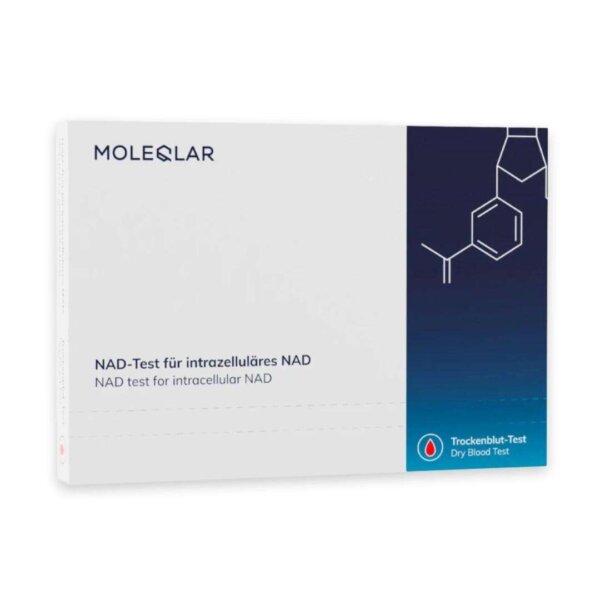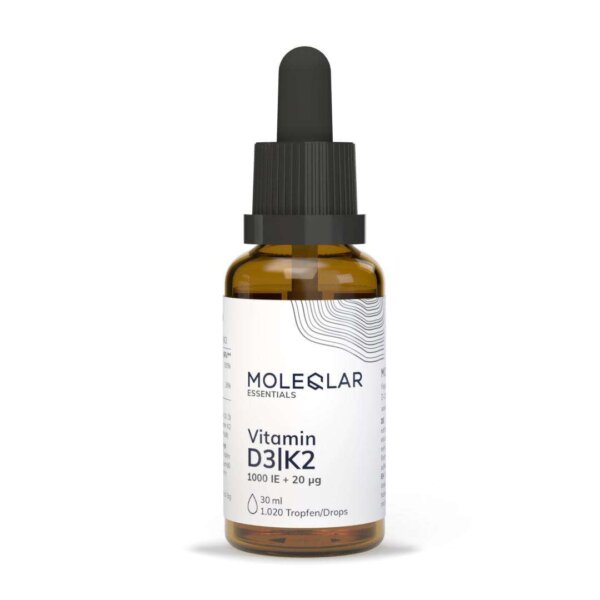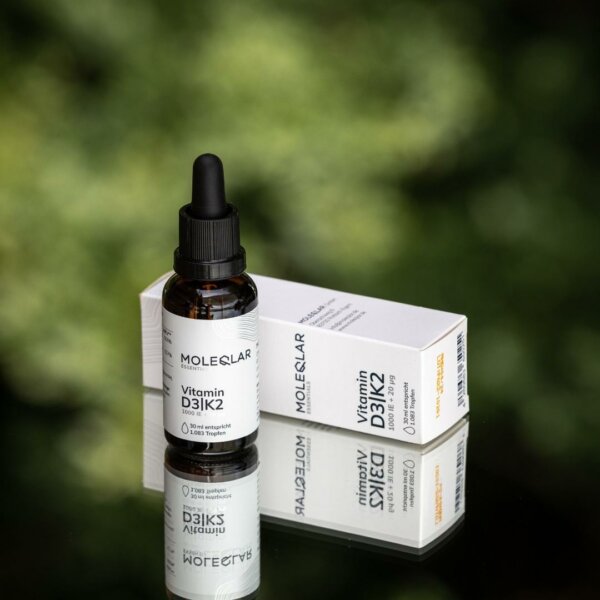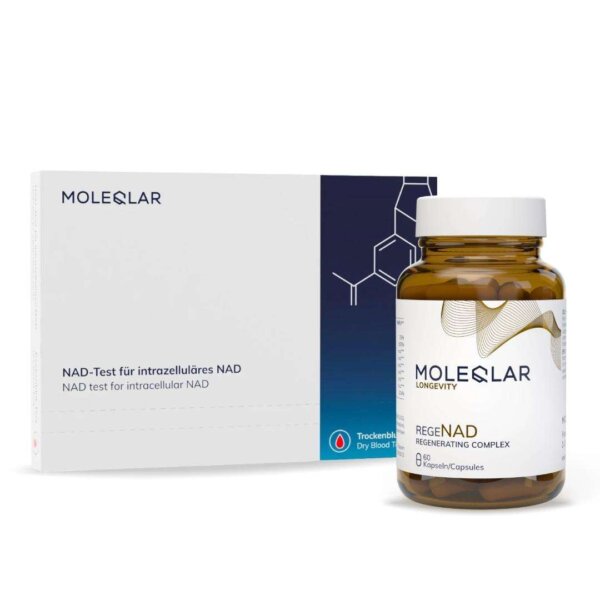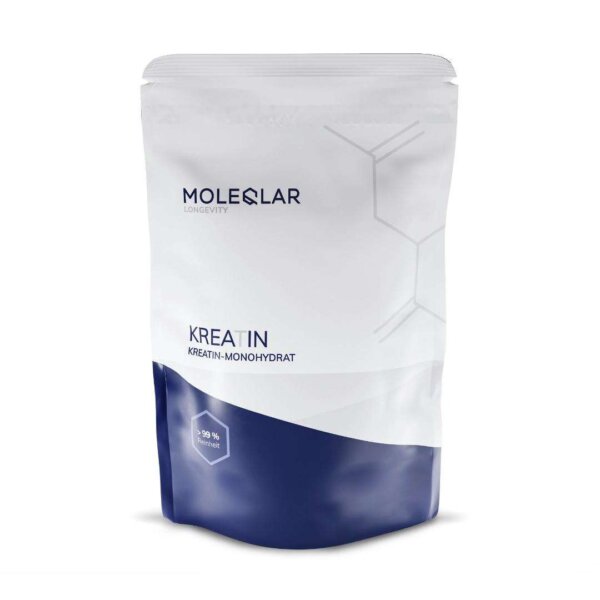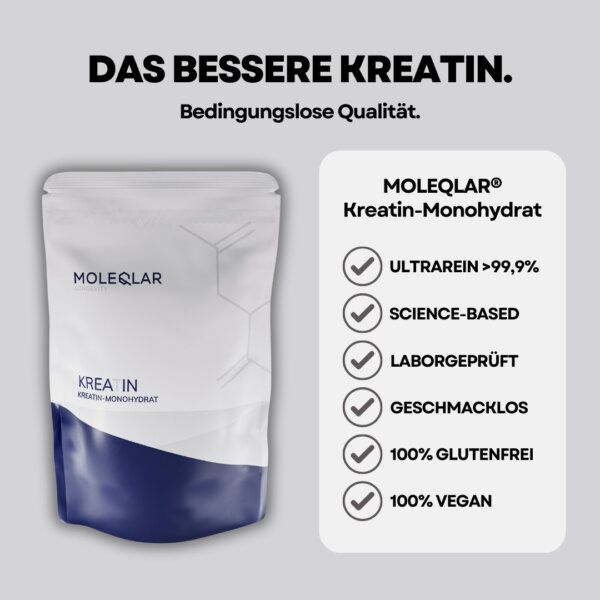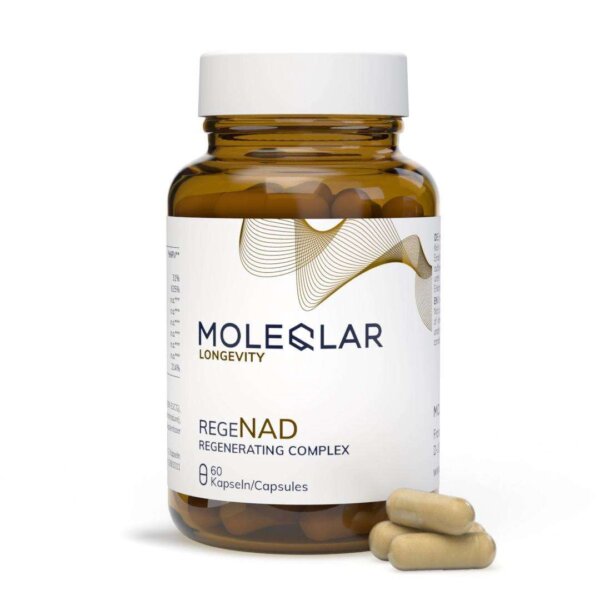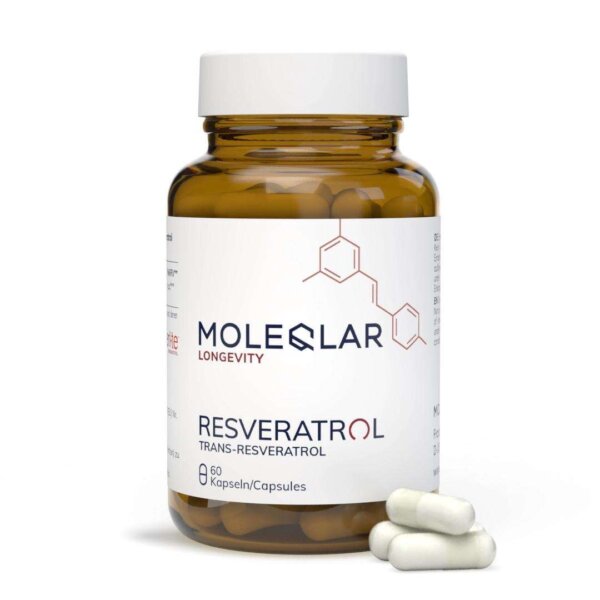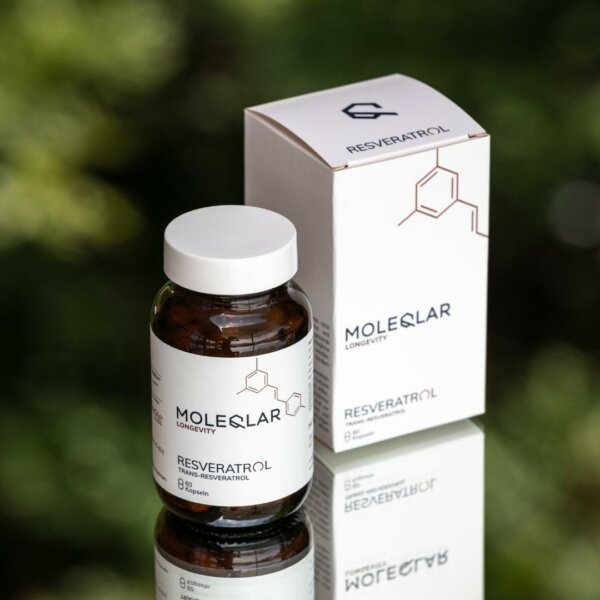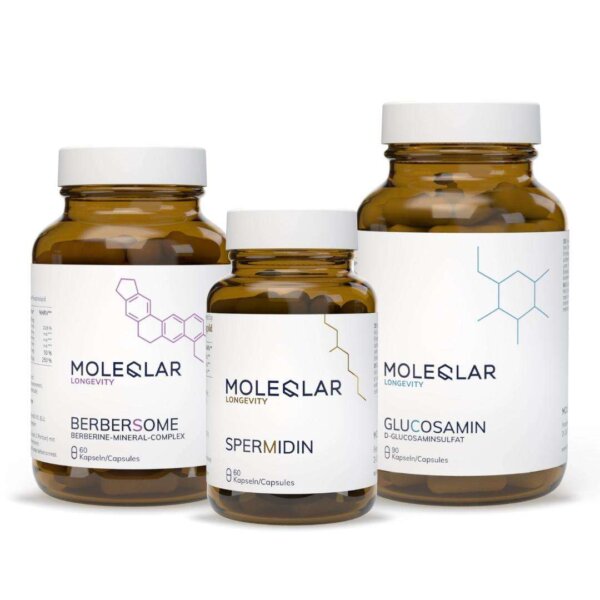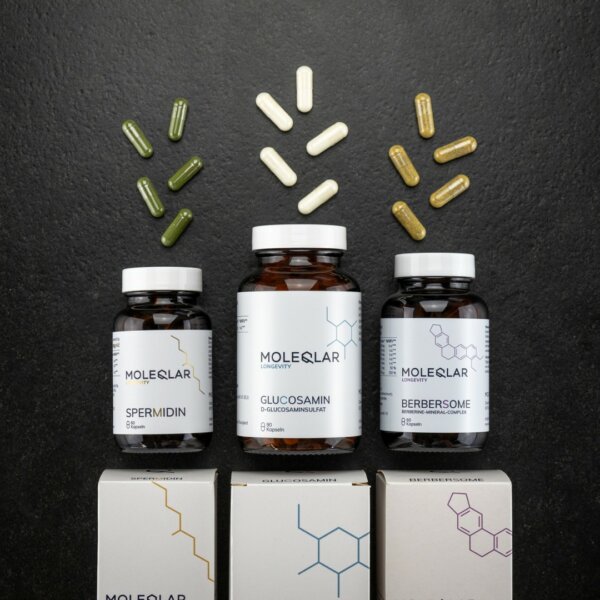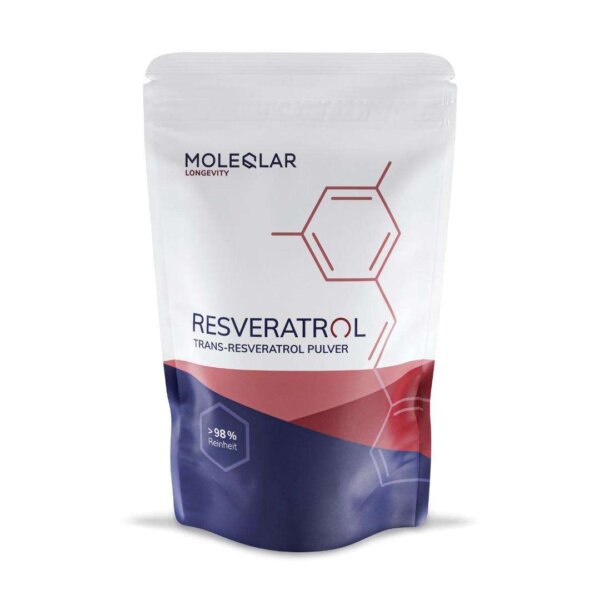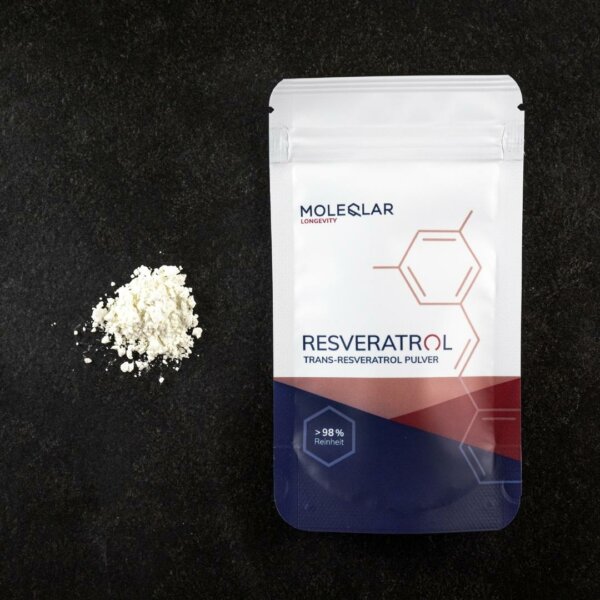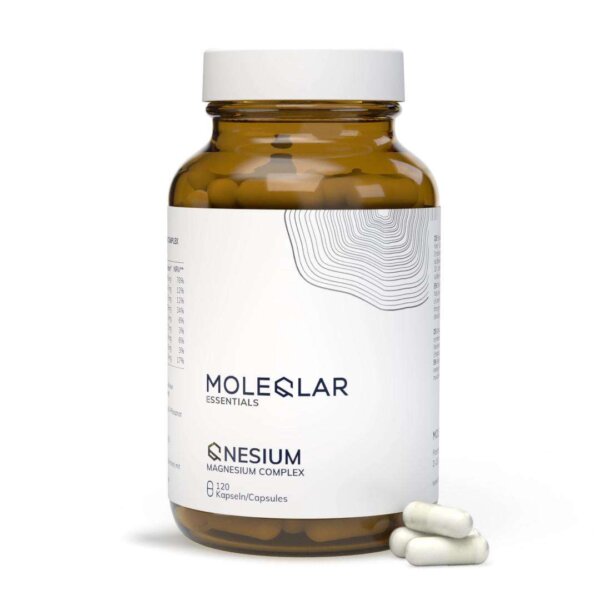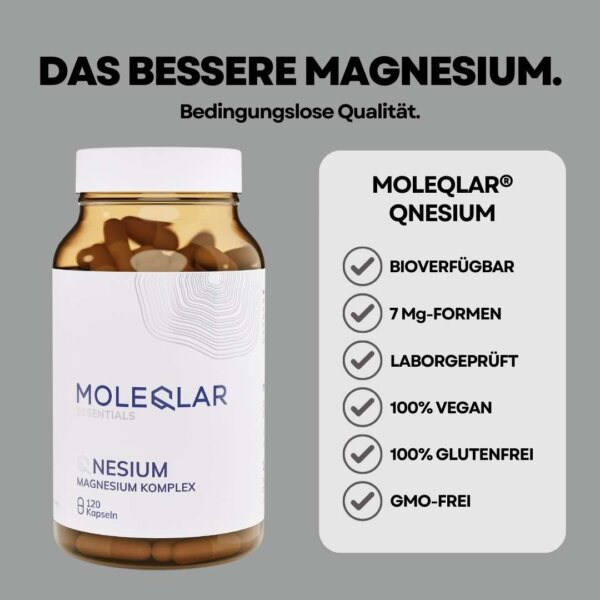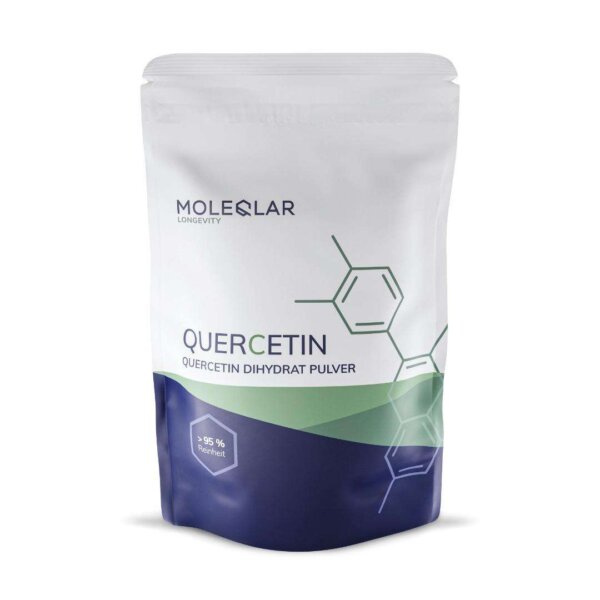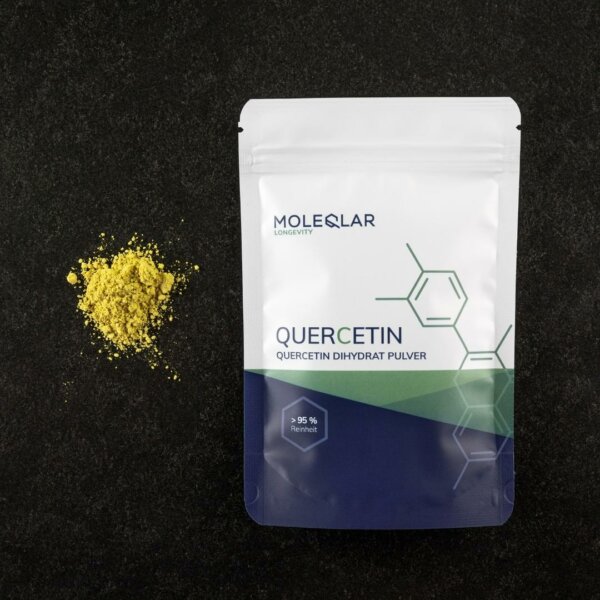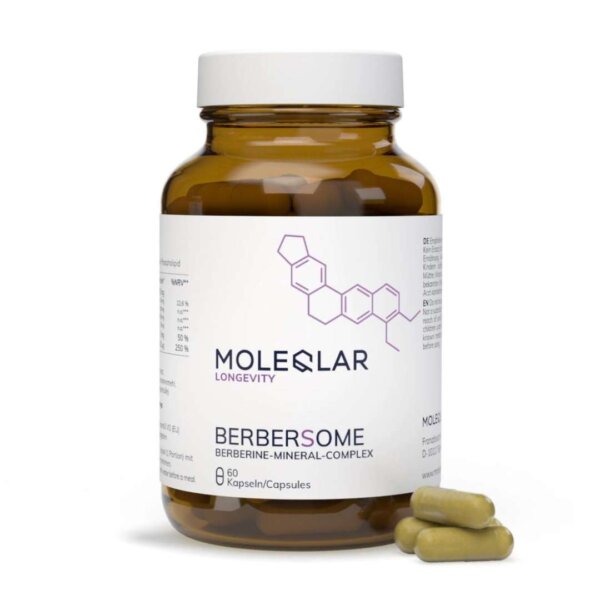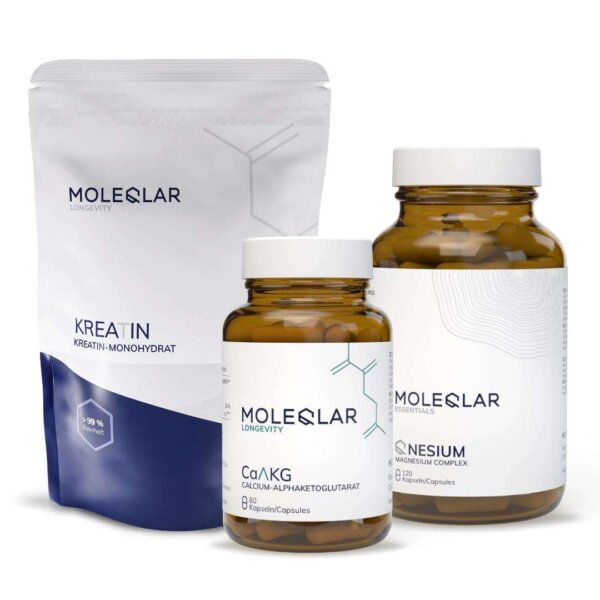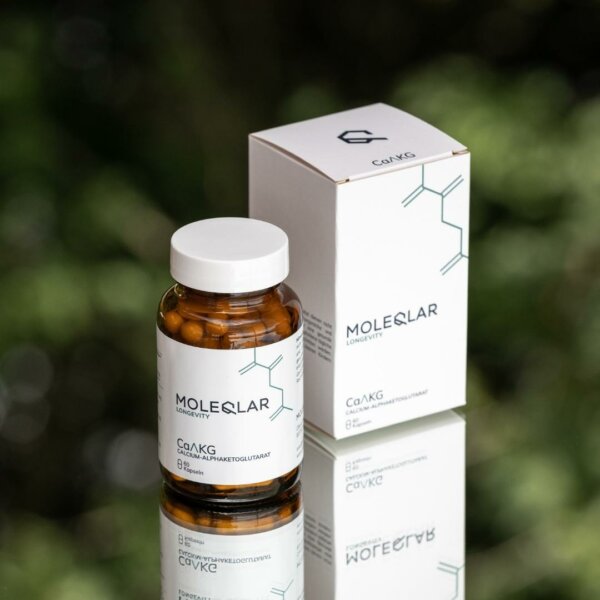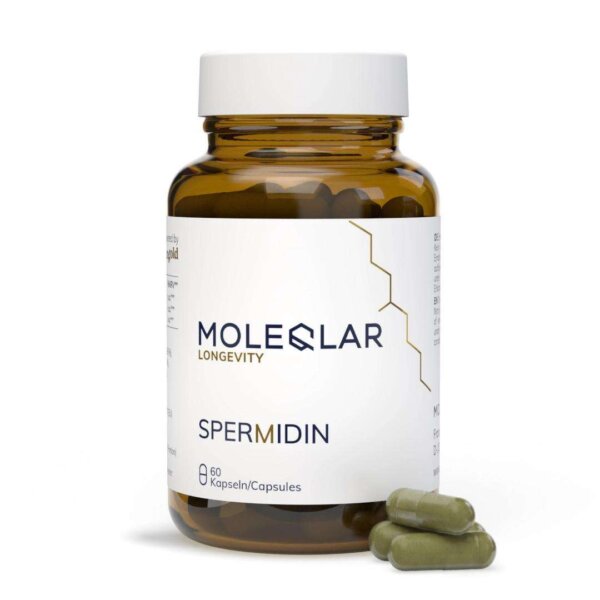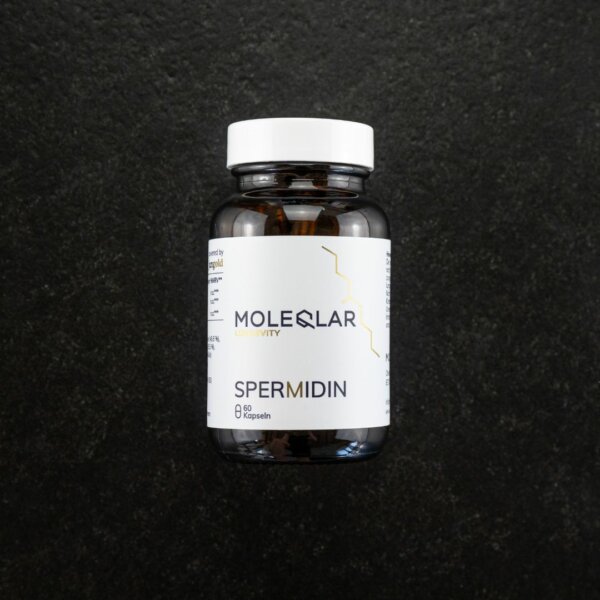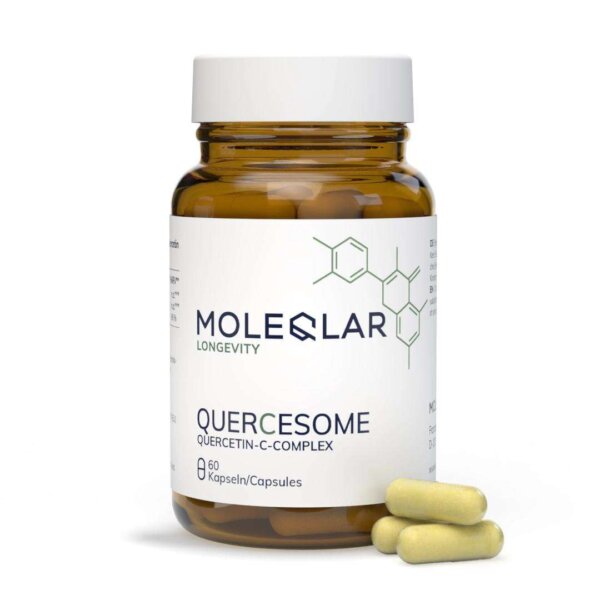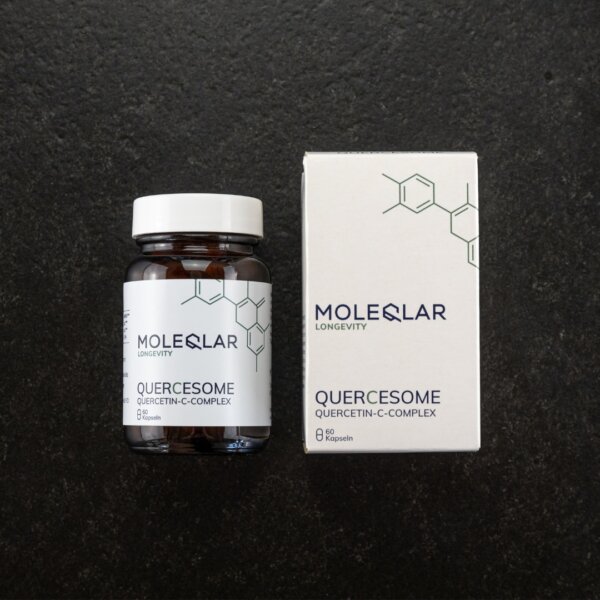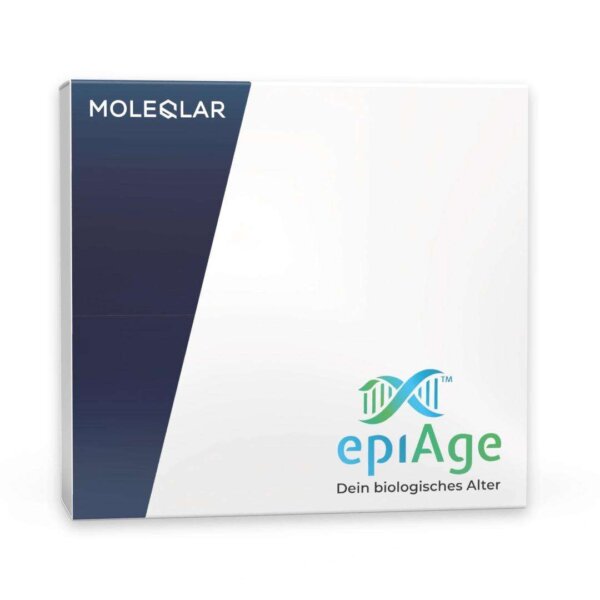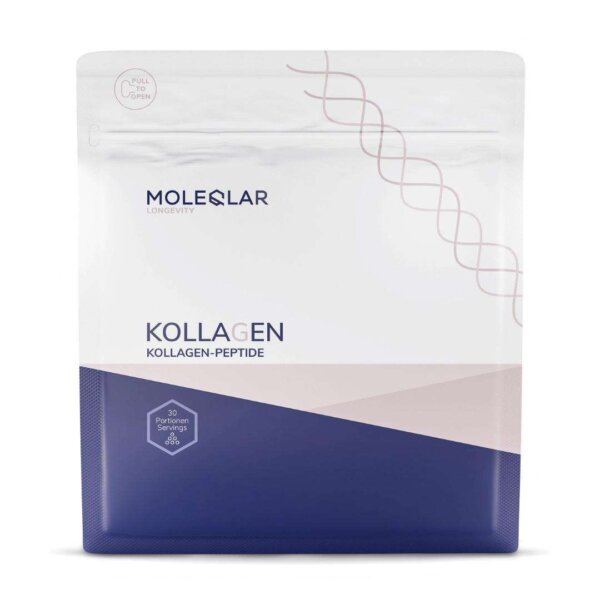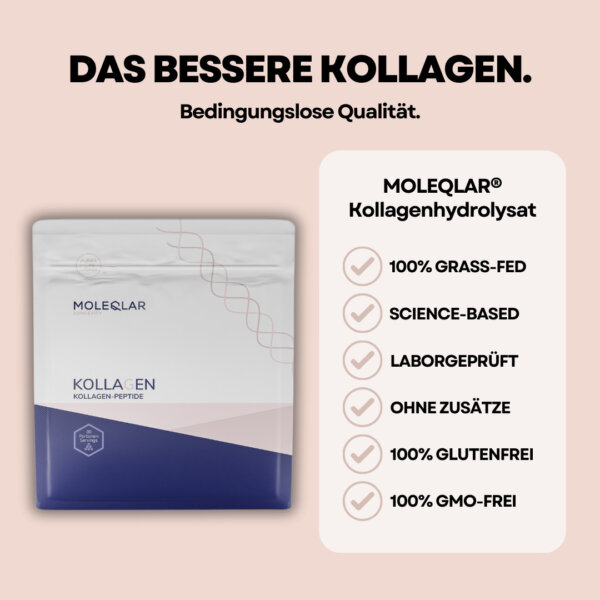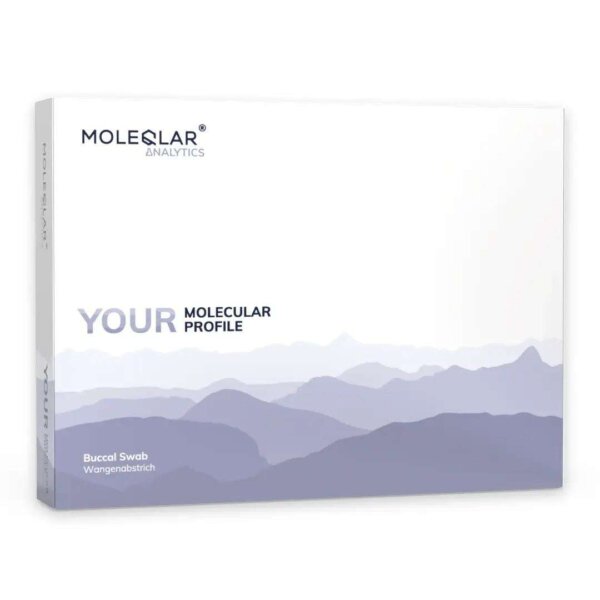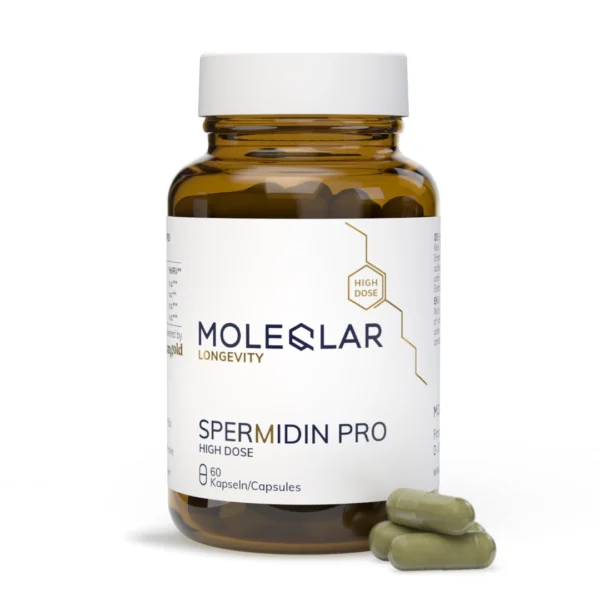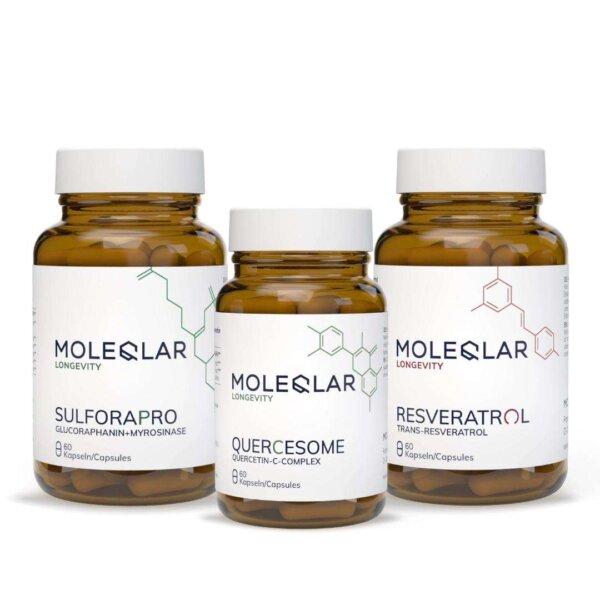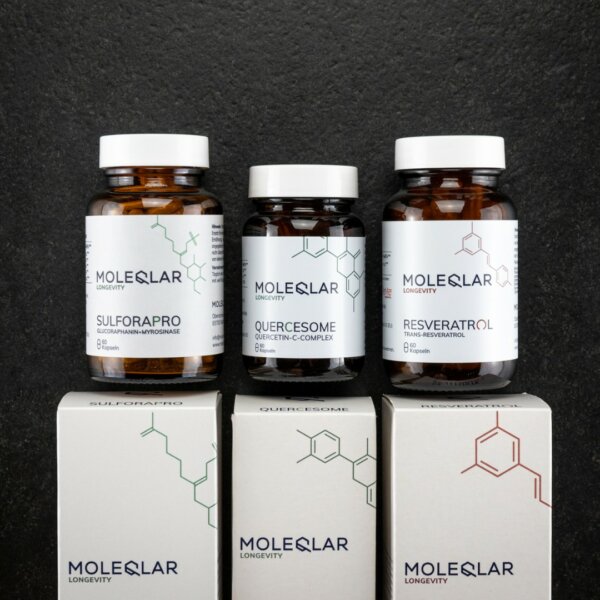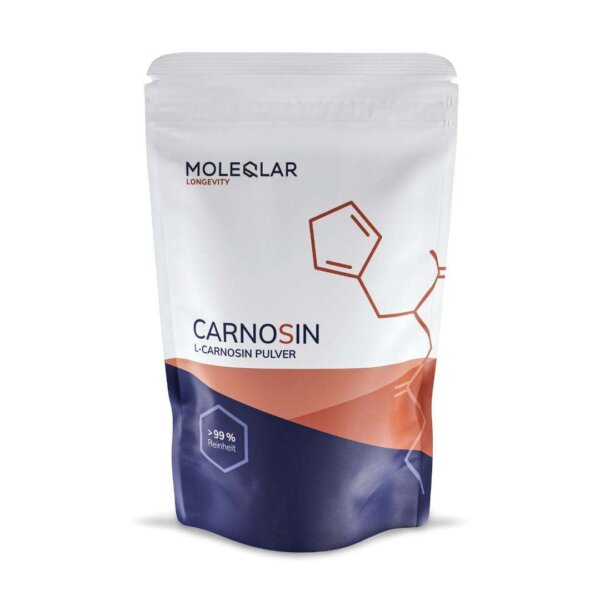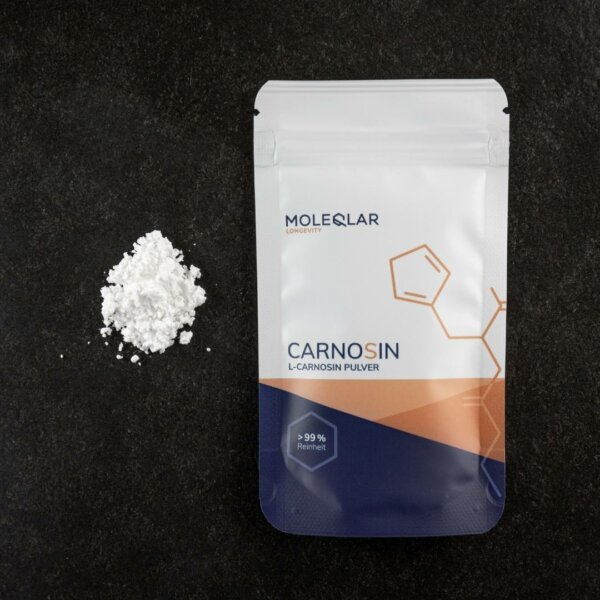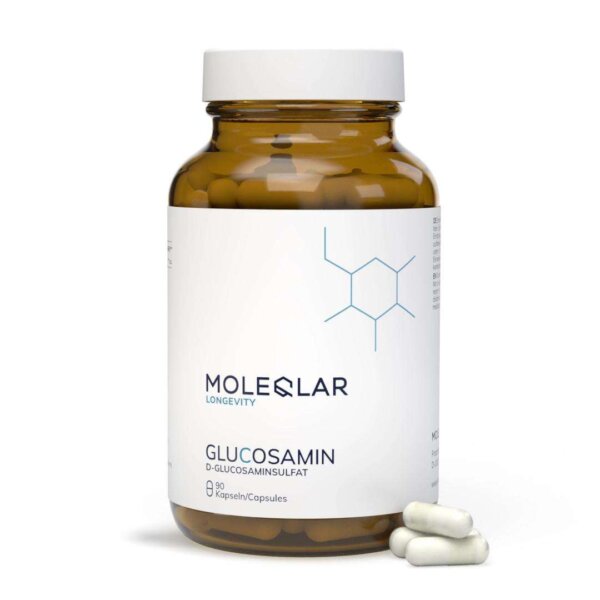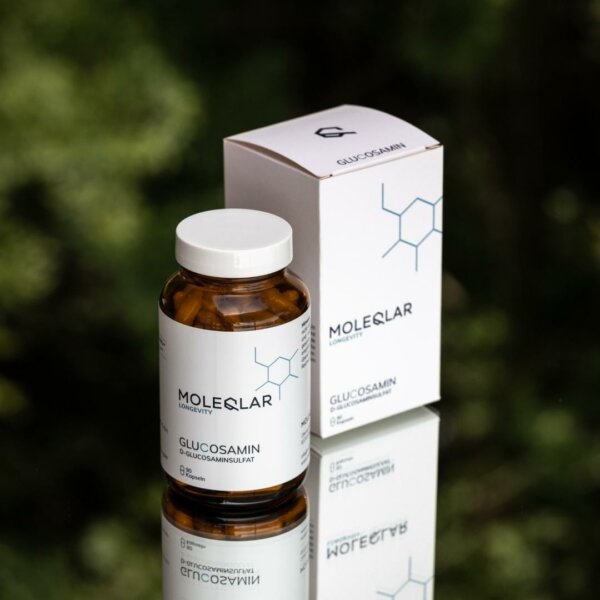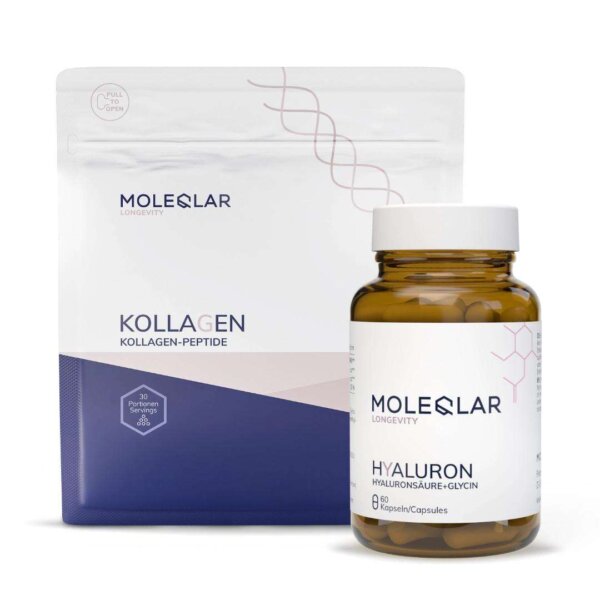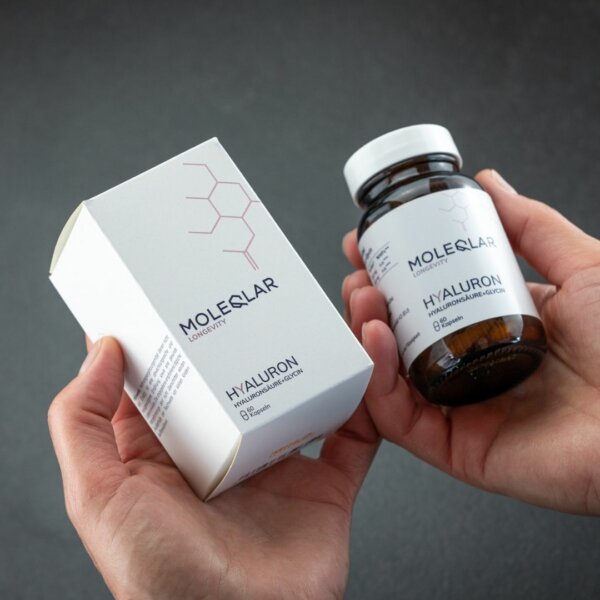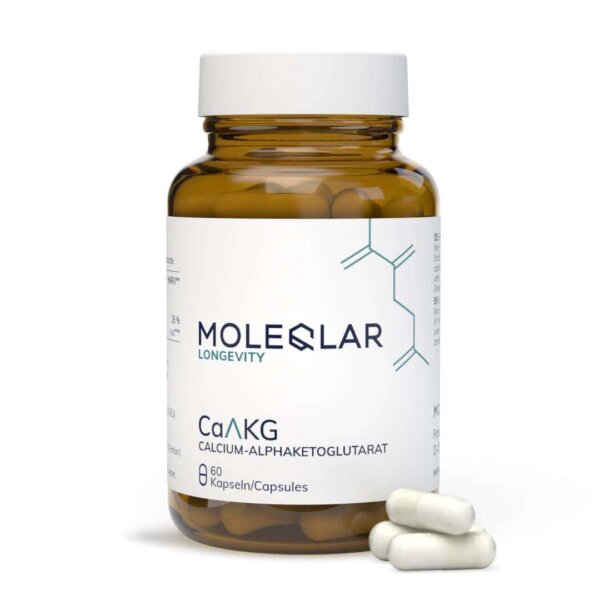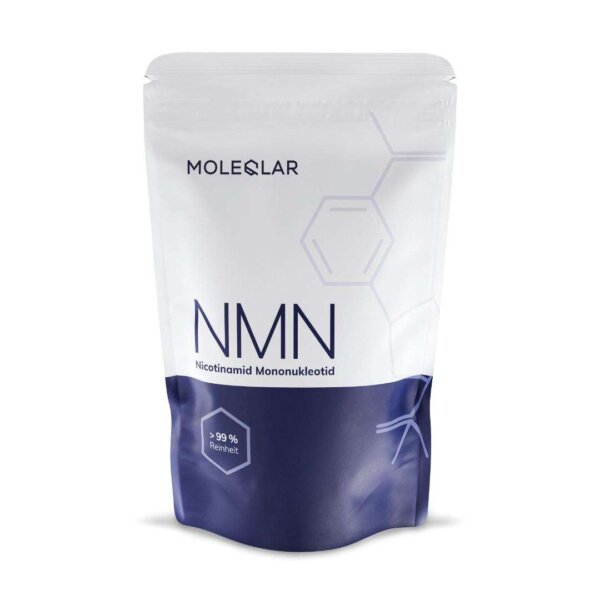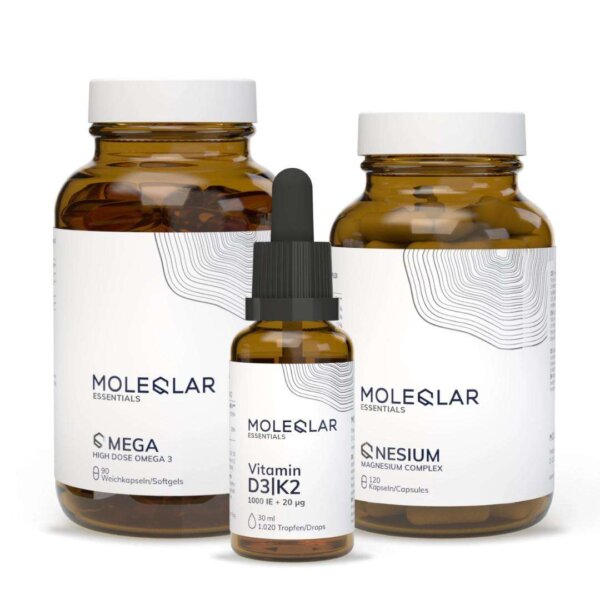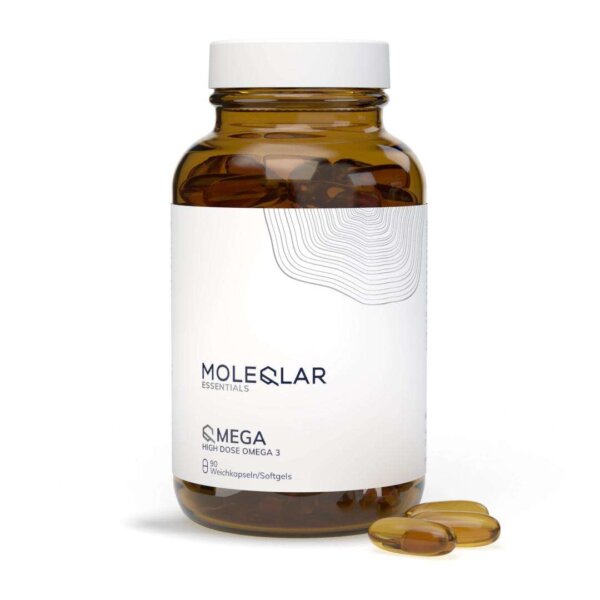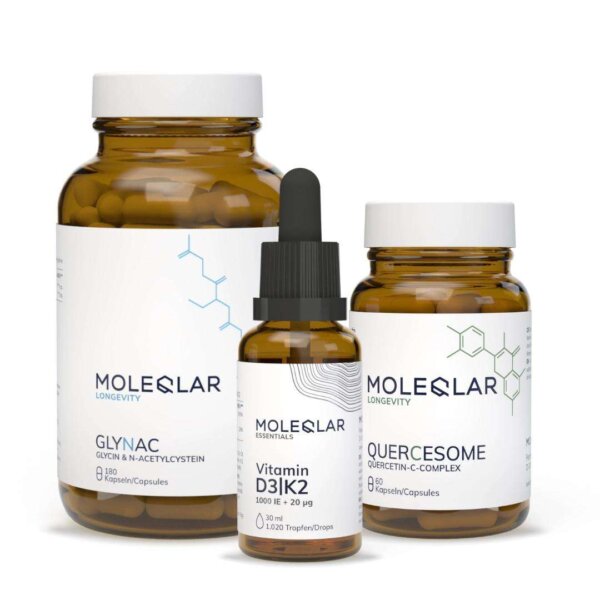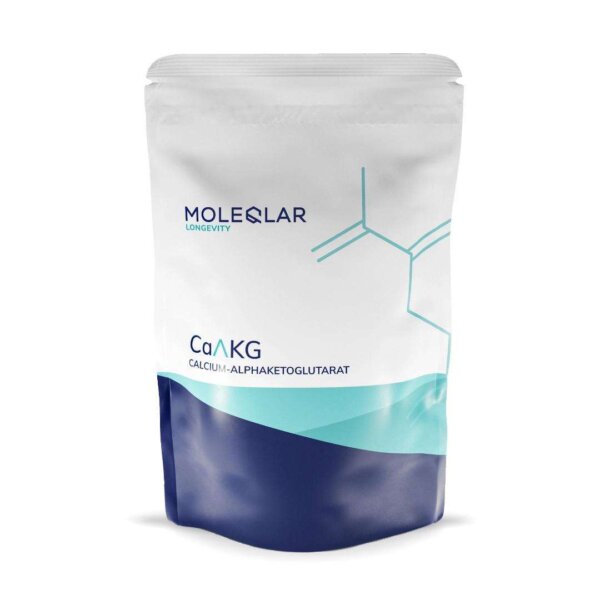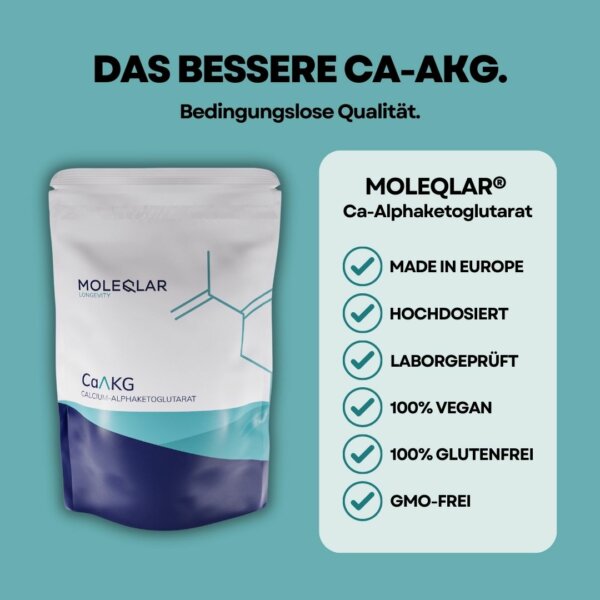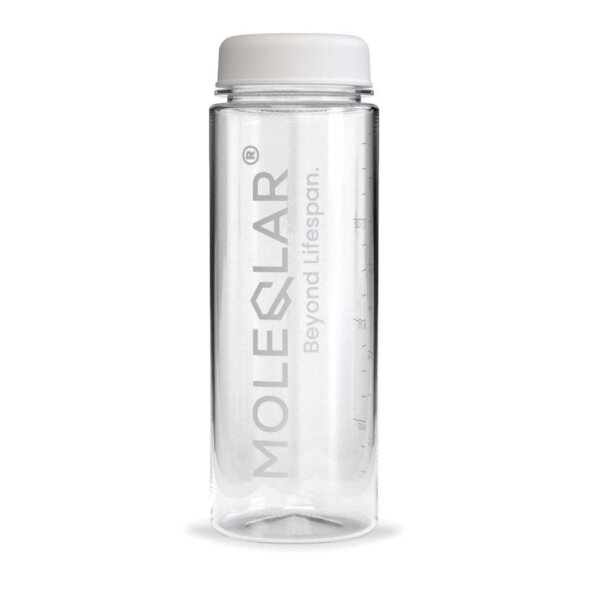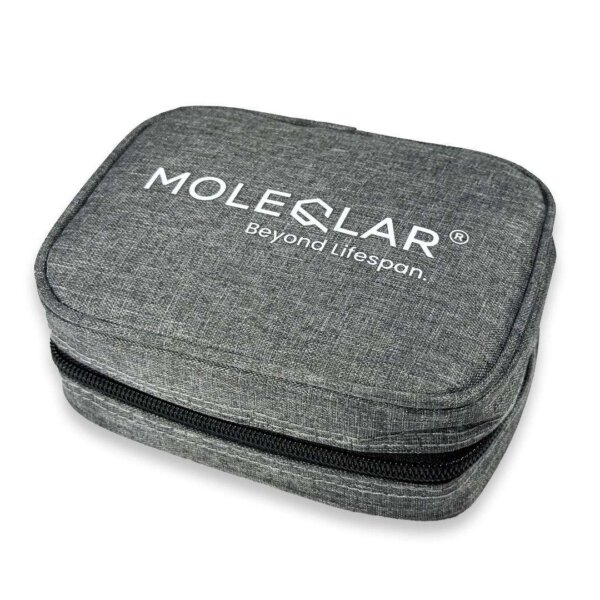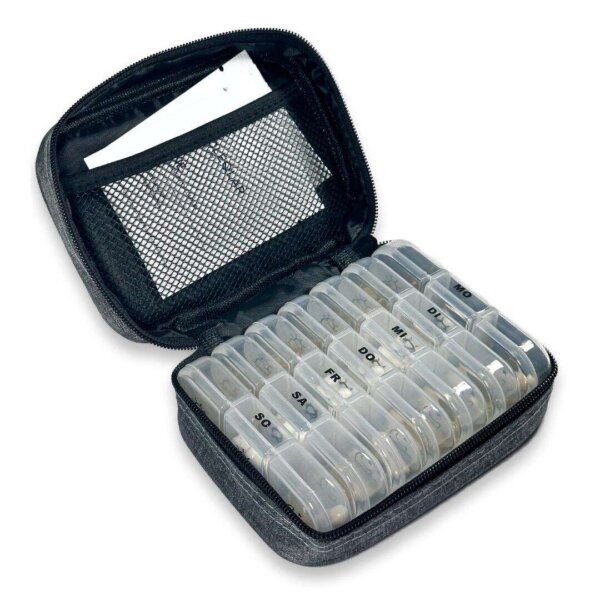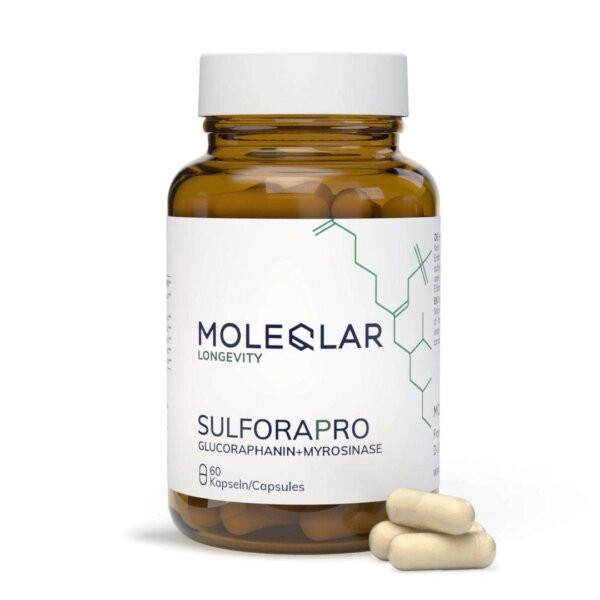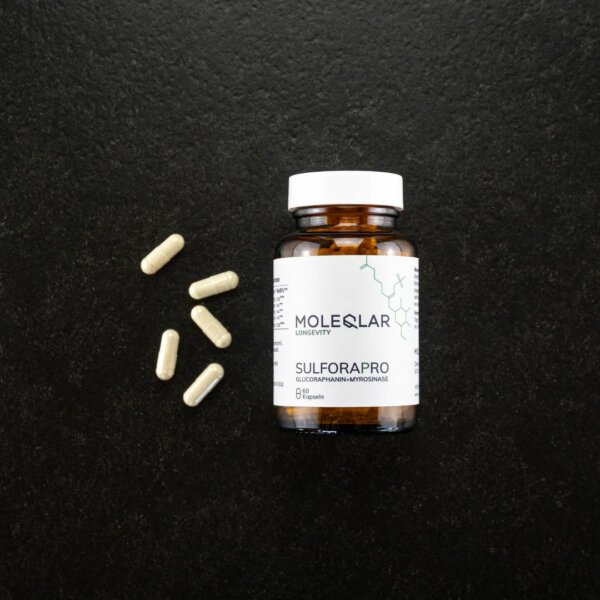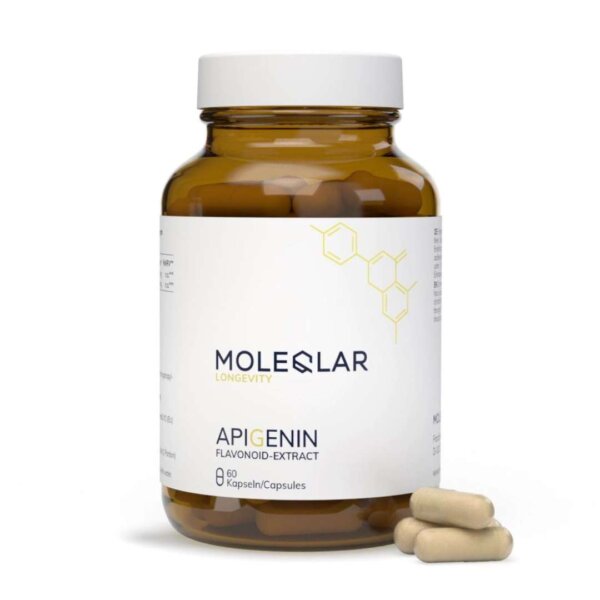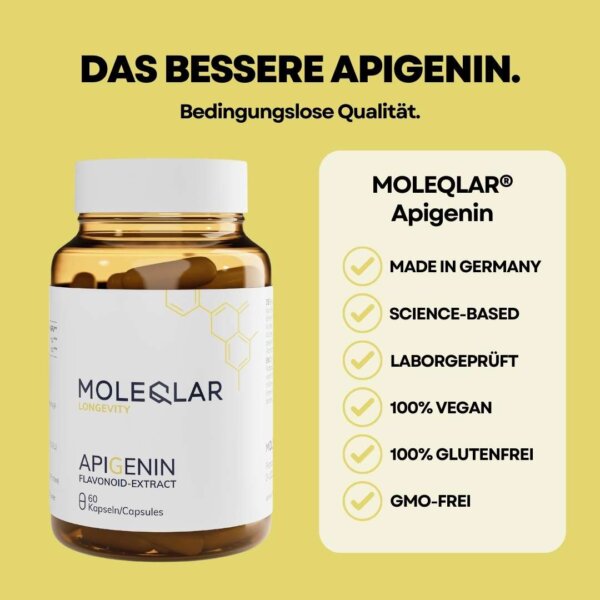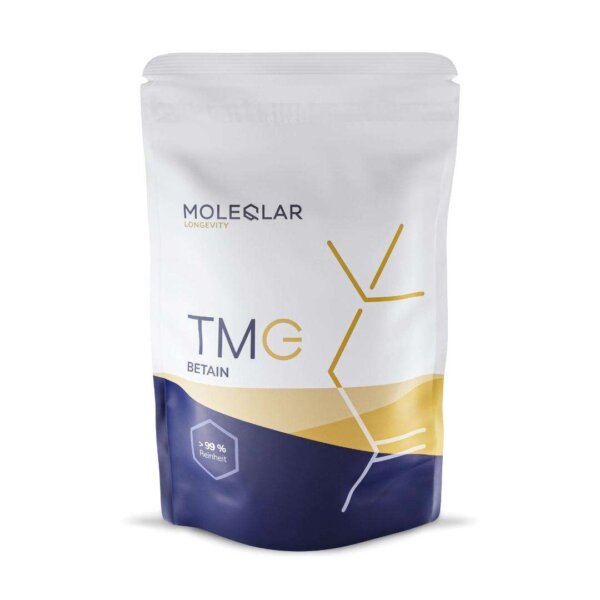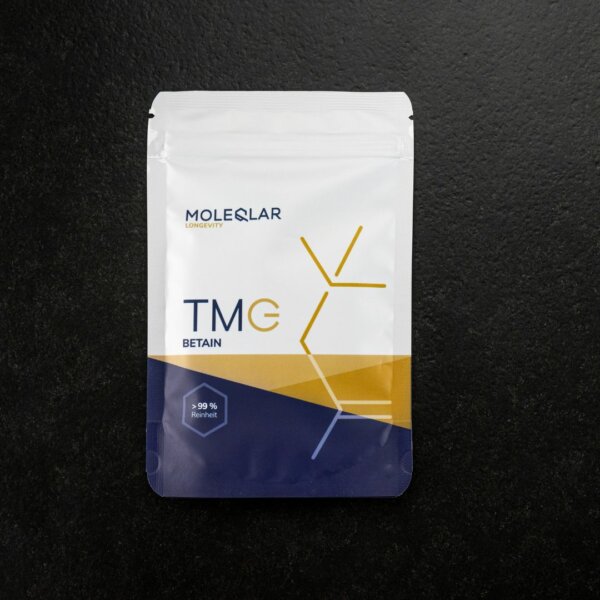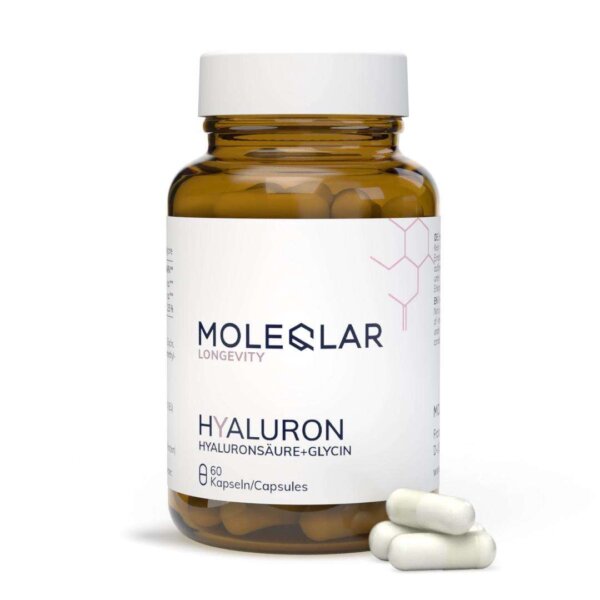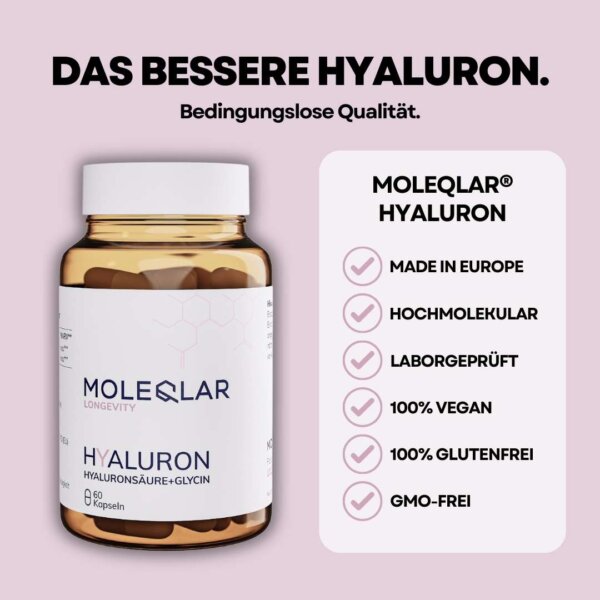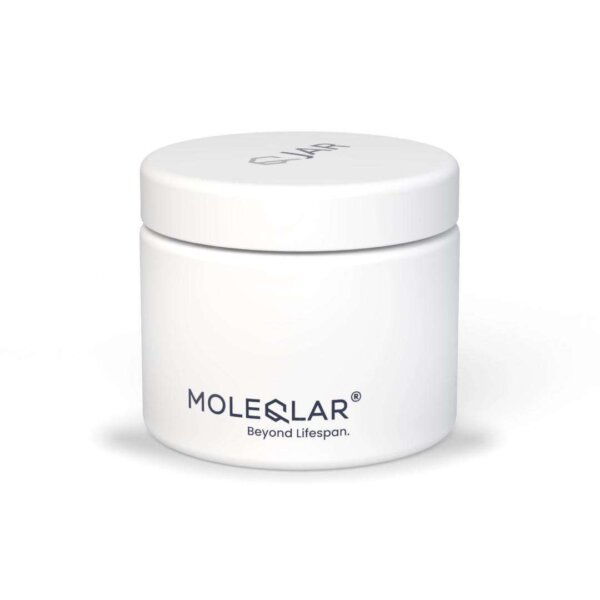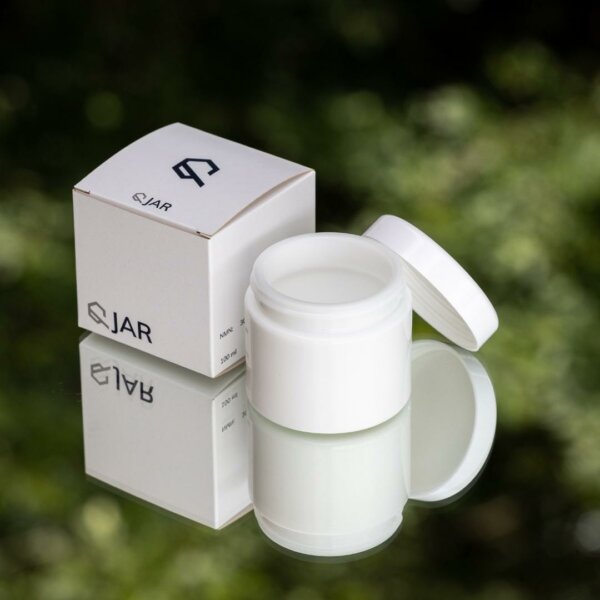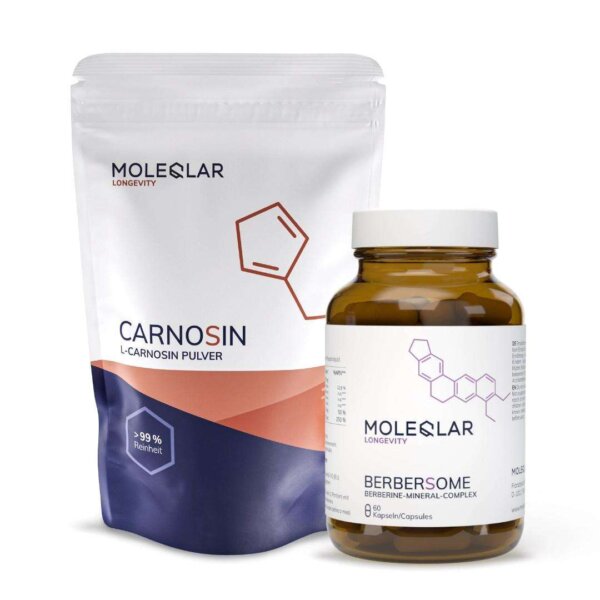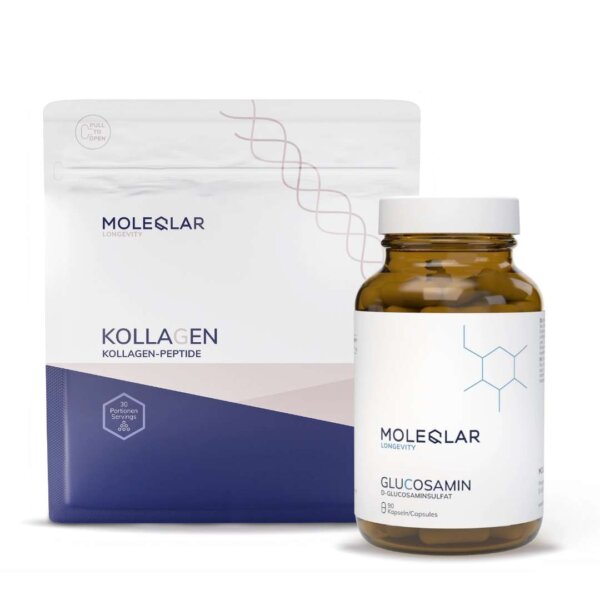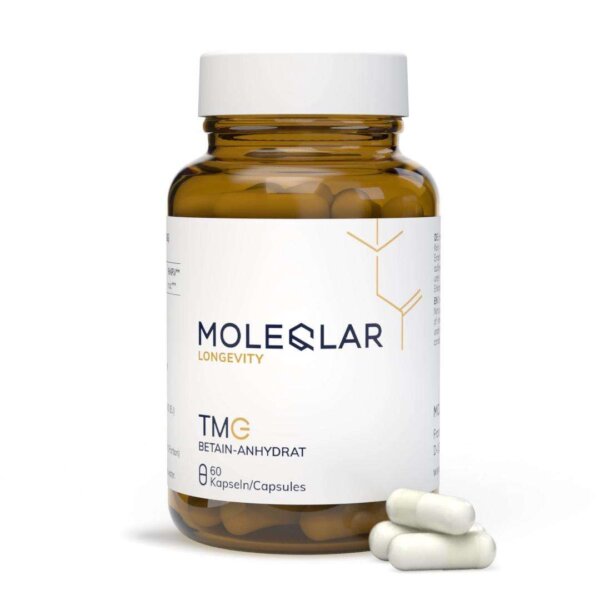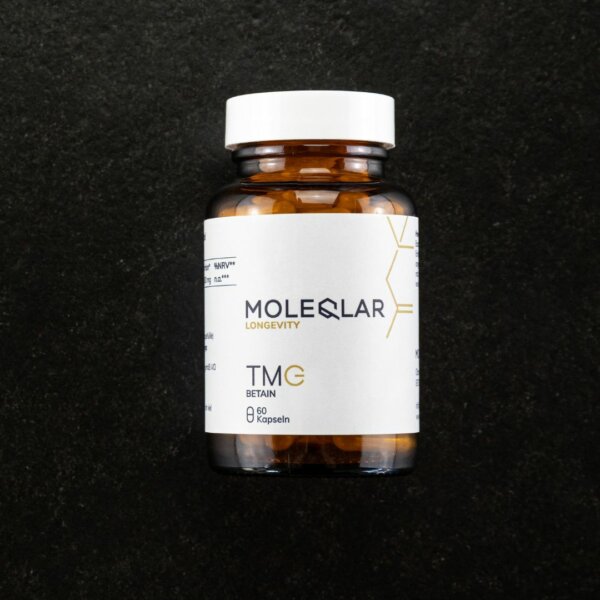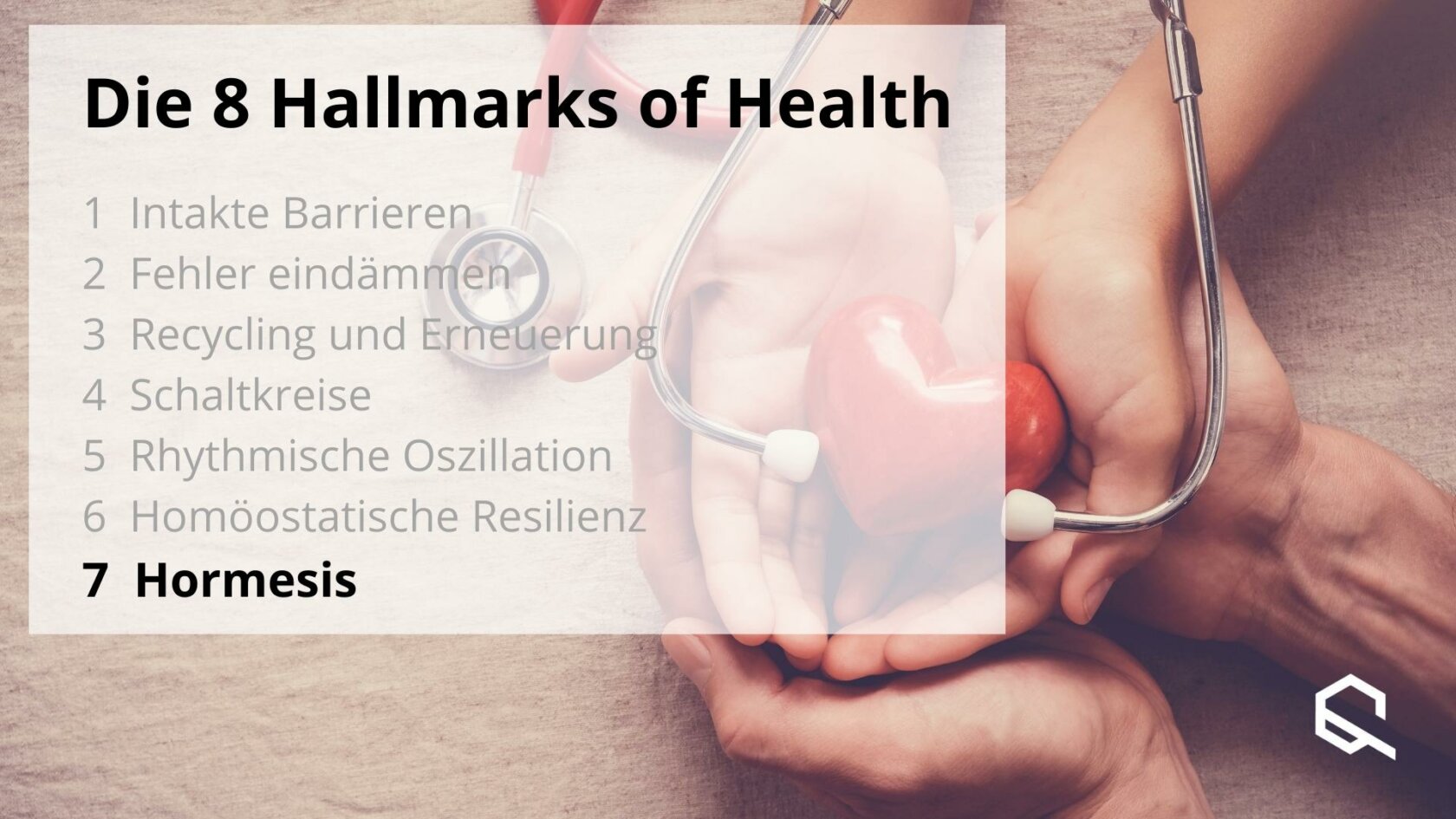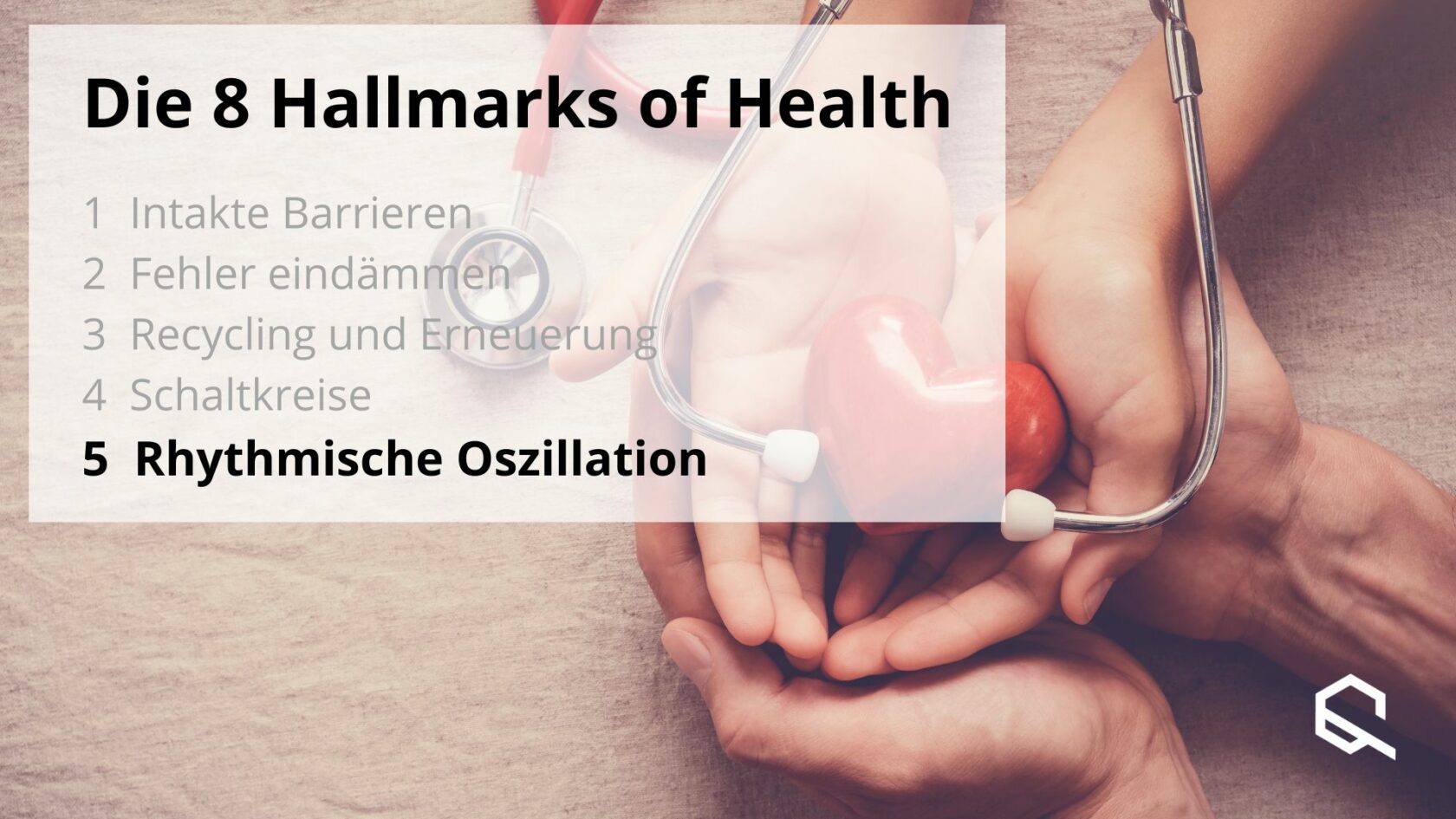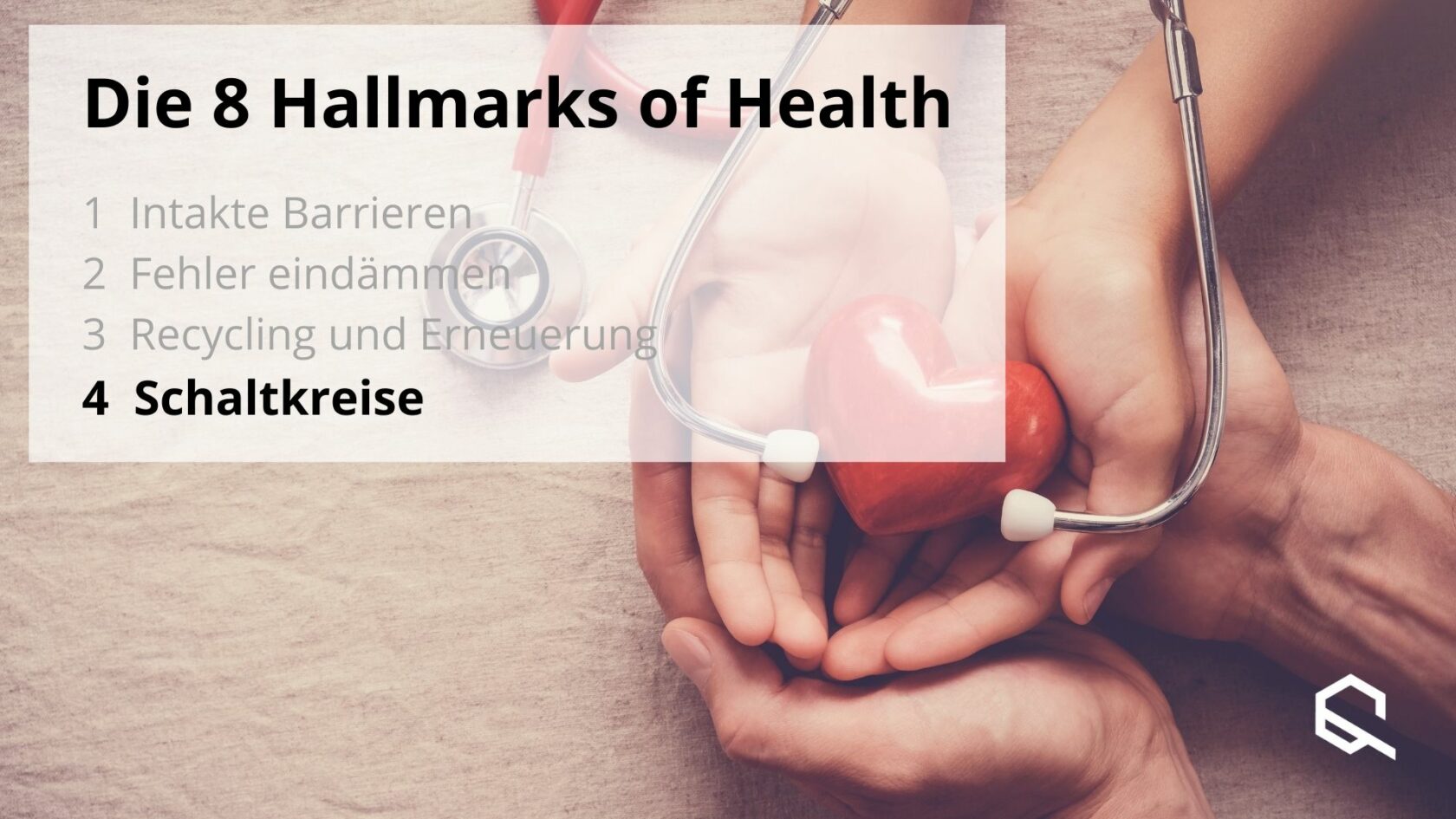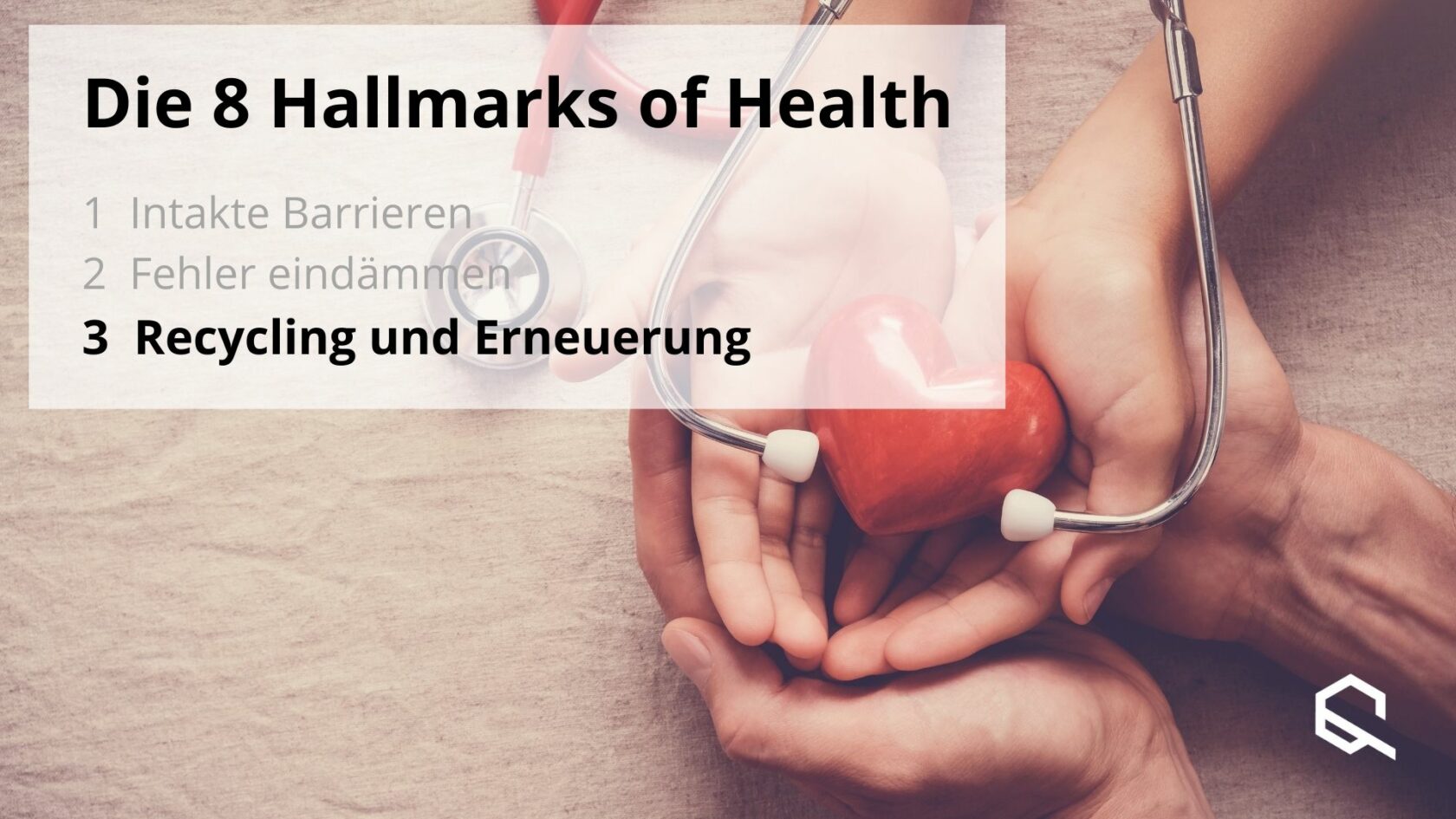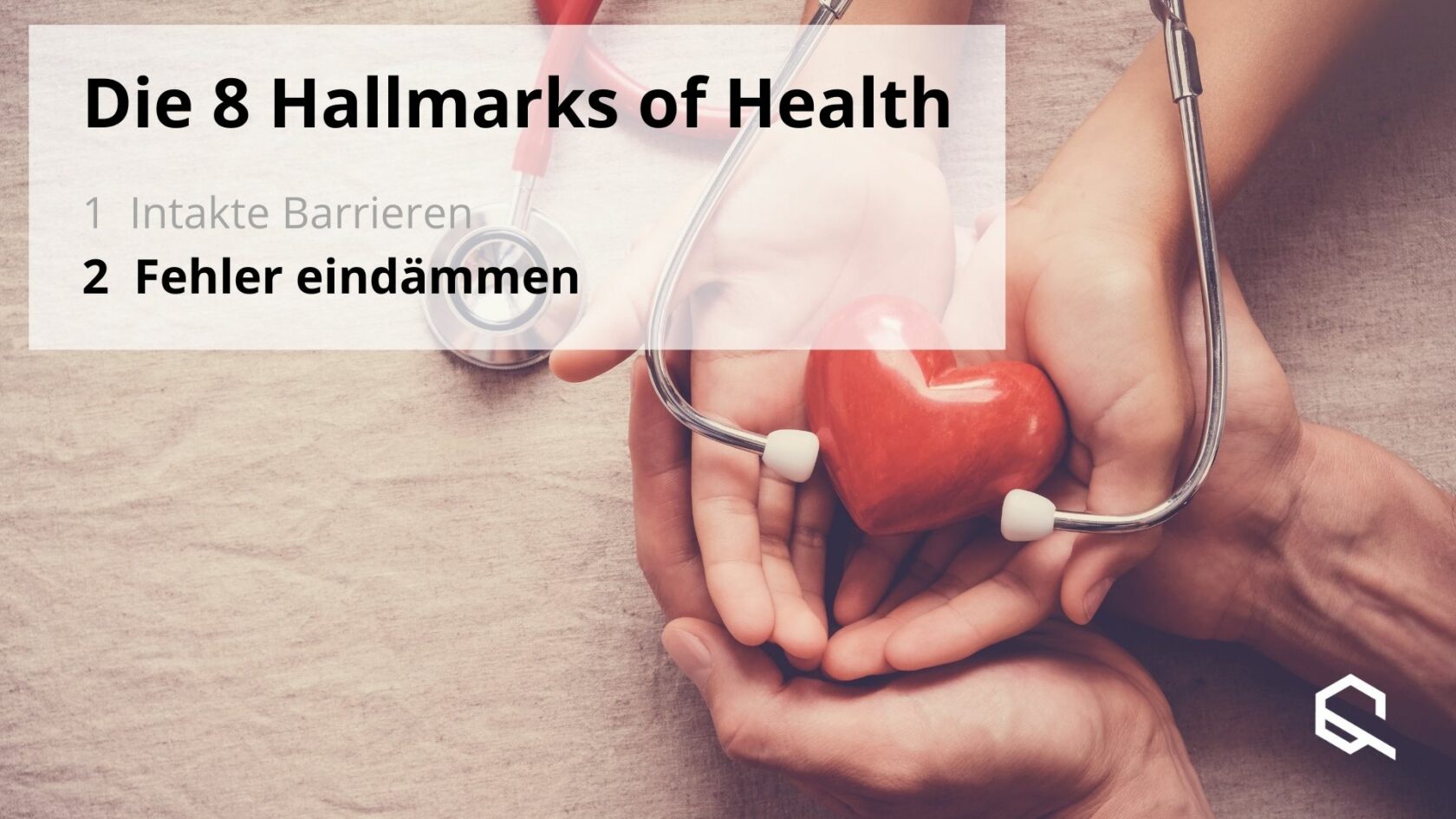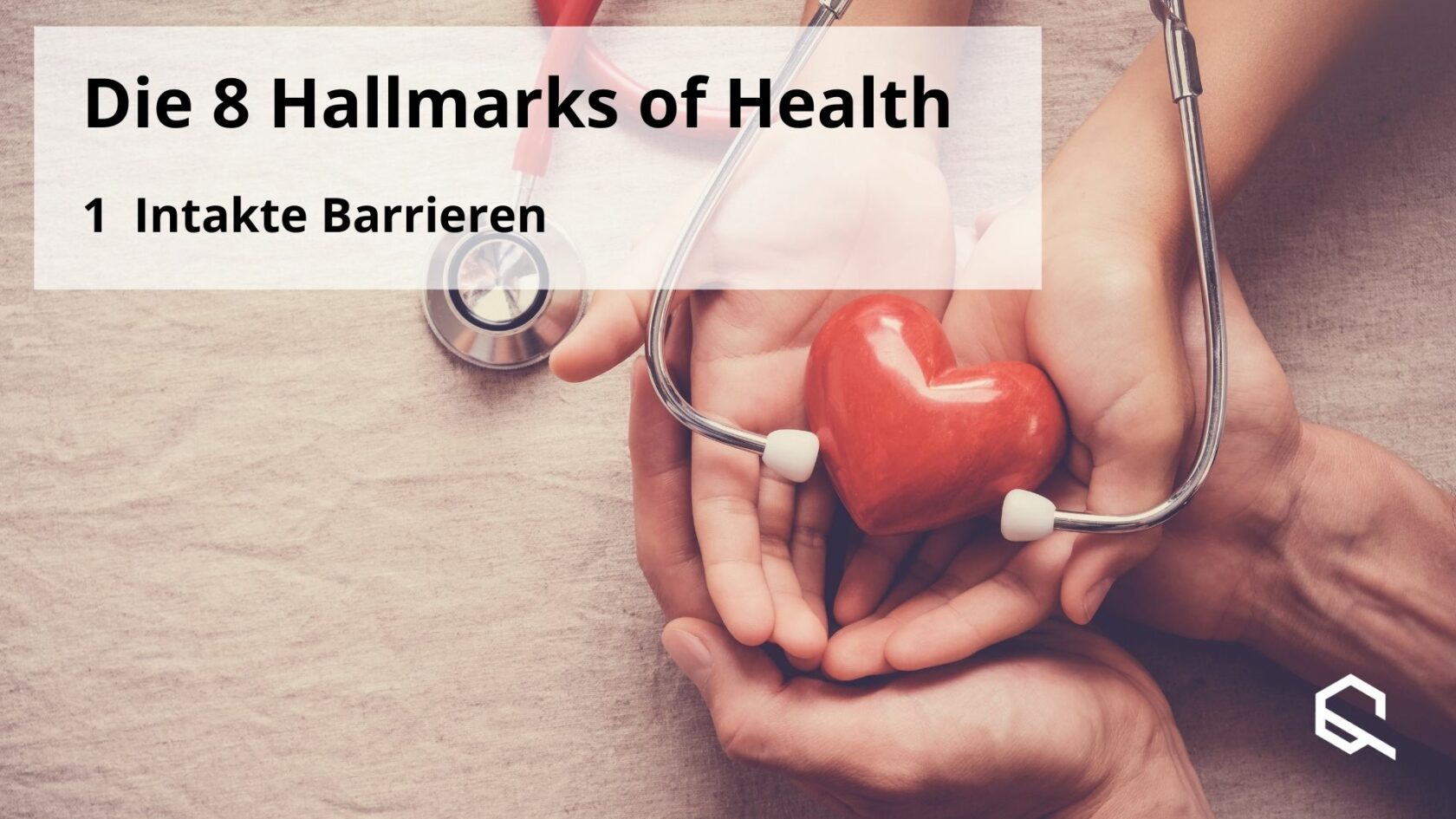Anyone who is ill needs rest and recuperation in order not to overstrain their own body and to use the necessary energy to fight the illness. If the illness is then overcome, it can still take some time until the body is back at 100 percent. The body has to regenerate and repair the damage. If it could not do this, it would gradually lose strength and functionality. The ability to regenerate is crucial for the health of the entire body and each individual cell, because in the worst case, the lack of repair can lead to disease. Cells have different systems for repair and regeneration. Here we explain the repair of DNA and proteins, but there are quite a few more, all of which are important and can only work together to ensure a functional healthy body.
DNA
Damage occurs in all recurrent synthesis mechanisms of the cell. This also applies to DNA, which must be duplicated with each cell division. Possible damages are wrong compositions on the level of the DNA sequence or wrong foldings of the DNA. This can be the cause of numerous chronic diseases and cancer. If the genes or blueprints of the repair mechanisms are also damaged, this leads to accelerated aging and an increased risk of cancer.
But the immune system in this case is able to recognize damaged cells or precancerous cells and eliminate them by means of the killer cells. This works well up to the point where the body can still adapt and maintain homeostasis (i.e. balance). Homeostatic resilience is the 6th Hallmark of Health.
Proteins
Several steps are required to produce a functioning protein. From the DNA, which must be in the correct form, to the RNA, to the finished protein, many errors can occur. Enzymes responsible for these processes may already be defective and thus spread the errors in a domino-like manner. Defective proteins can clump together and obstruct important supplies in the body by becoming clogged. Thus, many neurodegenerative diseases such as Alzheimer's, Parkinson's, or Huntington's disease are the result of defective proteins accumulating. To ensure that proteins are properly synthesized, folded, modified, transported, and transcribed, cells employ various mechanisms.
Chaperones are named after chaperones and check whether proteins are folded correctly. Another system for quality control is the ubiquitin-proteasome system. There, defective proteins are labeled - i.e. ubiquitinated - by ubiquitin. The labeled proteins are subsequently degraded in the proteasome.

If deficiencies occur in these quality control systems, age-related diseases are accelerated. However, they can also be used as an approach for therapies. For example, the administration of chaperone fragments could support the degradation of the defective protein aggregates in chorea-Huntington's disease and thus slow down the course of the disease.
Regeneration at all levels
Cell organelles such as the endoplasmic reticulum and mitochondria have sensors for faulty proteins. When these sensors detect a misfolded peptide, they trigger either repair mechanisms or initiated cell death via a series of signaling pathways if the damage cannot be repaired.
These examples of repair and regeneration take place at the molecular level. But cellular and tissue regeneration is also possible. There are cell types, so-called stem cells, from which new cells of different types can be generated again and again. Stem cells and the body's rapid adaptation make it possible, for example, for a liver to regenerate amazingly quickly after partial removal. The ability to regenerate varies from tissue to tissue. For example, it is only possible to regenerate neurons to a very limited extent, which is why neurodegenerative diseases cannot be cured, but only delayed.
The better repair mechanisms function on a small level in the body, the better the entire body can recover again and again, thus avoiding greater damage. To get an overview of which functions are still important for a healthy body, check out our overview article on the hallmarks of health.
Literature:
López-Otín, Carlos, and Guido Kroemer. "Hallmarks of health." Cell 184.1 (2021): 33-63. https://pubmed.ncbi.nlm.nih.gov/33340459/
Images:
The images were acquired under licence from Shutterstock or Canva and marked accordingly.



